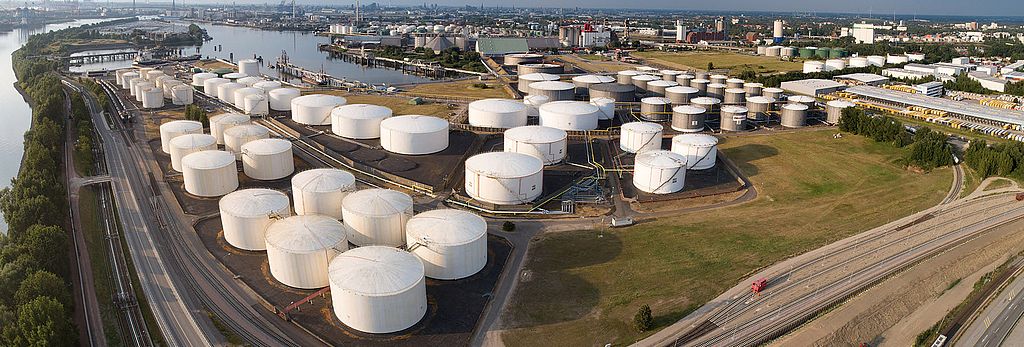
Downstream & Upstream
What is downstream?
Downstream refers to all activities and operations in the oil industry that take place after oil extraction (before oil extraction = upstream). In some cases, there is an additional distinction into "midstream" activities in the downstream sector. Thus the downstream sector includes transport, processing and sales, i.e. all services from the transport and storage of petroleum products to their sale in the consumer markets.
Most downstream activities involve supply chain management, and are traditionally part of the core competencies of most oil companies. Supply chain management ranges from establishing and managing integrated logistic chains, to the entire value and supply chain process and all refining/processing stages, to the end-consumer. Due to the enormous worldwide consumption of approximately 3.5 billion tons of oil annually, supply chain management is particularly important within the downstream sector. In order to cope with such quantities, the link between transportation and storage activities requires advanced coordination, precision and efficiency.
The segmentation of the oil industry value chain into crude oil production (upstream) and refining, and transportation and delivery of petroleum products to the end-consumer (downstream) is historically attributed to the separation of oil exploration by companies in producing countries, and sales by companies based in consuming countries. It was prompted by consuming countries to make producing countries dependent on them for their well-functioning and comprehensive transportation and distribution networks.
What is upstream?
In the oil industry, the term upstream encompasses the entire process from geological sourcing of petroleum reserves, to channeling raw material to the surface (extraction), to final delivery in refined/purified form.
Upstream includes all of the steps that take place on the way to the refinery. In practice, the transition from upstream to downstream takes place when the crude oil is loaded into a means of transport which will take it for further processing. However, the main component of the upstream process is the geological analysis and exploration of oil reserves.
In geological analysis, mini-earthquakes are artificially generated to generate data on the composition of the subsoil based on the differences in the speed of shock waves. This data is then evaluated using geophones. Seismic reflection is used to produce three-dimensional images of the subsoil even at great depths, to identify possible oil deposits. The quality and quantity of the oil well is then determined with exploratory drilling, and – in one of the final steps of the upstream process – the oil is extracted.
Accordingly, the field of upstream services includes horizontal directional drilling, the development of sensors for data measurement while drilling (MWD), special software for the evaluation of the collected data and the construction of drilling motors.
Even if technology in the oil production sector has undergone rapid development in recent years, tracking down and extracting oil remains an expensive and risky business to this day.
Status: December 2015
All information subject to change. Errors and omissions excepted.

